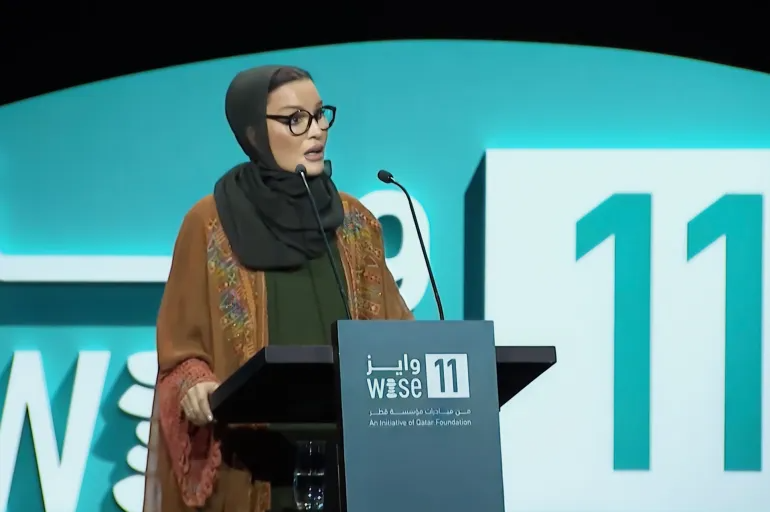
Delegates participating in the World Innovation Summit for Education (WISE), an initiative spearheaded by the Qatar Foundation, have voiced apprehensions regarding the uncertain path of an education system heavily reliant on artificial intelligence (AI) technologies. As the world grapples with a pivotal phase in which machines are reshaping human life, AI has advanced to a sophisticated stage where machines are anthropomorphized, enabling robots to think and feel akin to humans. While AI has demonstrated its capacity to produce creative outputs once believed to be exclusive to humans, its impact on education is deemed highly precarious, particularly in the absence of clear standards to regulate these technologies and their ethical considerations to avoid adverse effects on educational outcomes.
Several participants emphasized that modern technologies have the potential to bridge existing gaps in the educational process, contributing positively to its development by streamlining the efforts of both educators and learners. However, given that these technologies are still in an experimental phase with outcomes that remain uncertain, a cautious approach is imperative in their implementation to mitigate unforeseen consequences.
The 11th edition of the World Innovation Summit for Education (WISE), themed “Horizons of Innovation: Enhancing Human Potential in the Age of Artificial Intelligence,” witnessed the inauguration by Sheikha Moza bint Nasser, Chairperson of the Qatar Foundation for Education, Science, and Community Development. She urged WISE to serve as a platform for fresh ideas that align with global changes and address the challenges faced by education in specific regions. The summit features over 20 main sessions with 150 speakers exploring topics such as establishing ethical AI, advancing digital justice, reimagining higher education and employment in an AI-centric era, shaping the classrooms of the future, systemic overhauls, and the Youth Studio alongside the Discovery Council showcasing “Learning Labs and Research.”
Leave a Reply